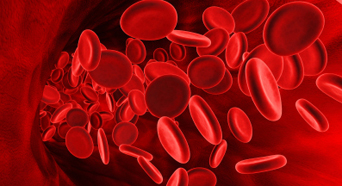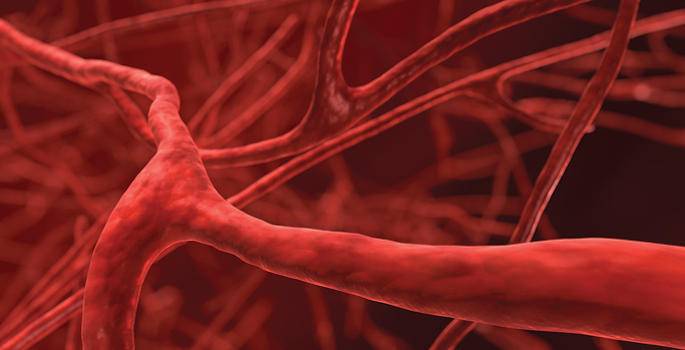Hypoxia – too little oxygen – is associated with fibrosis (scarring), inflammation and the progression of chronic kidney disease. Hypoxia-inducible factors (HIF) regulate cellular responses to hypoxia, but the role of these factors in kidney disease has not been established.
Volker Haase, Krick-Brooks Chair in Nephrology, and colleagues used a genetic approach to address the role of HIF in an experimental mouse model of chronic kidney disease.

They report in the May 15 Journal of Immunology that activation of HIF ameliorated inflammation and reduced renal fibrosis, whereas deletion of HIF enhanced renal inflammation. Activating or deleting HIF only in macrophage cells demonstrated the importance of HIF signaling in these cells. The researchers also showed that hypoxia and/or activation of the HIF pathway in the kidney reduced the expression of pro-inflammatory chemokines and chemokine receptors.
The findings suggest that hypoxia and HIF activation may be protective in chronic kidney disease and support further studies of HIF as a potential target for controlling inflammation in this setting.
This research was supported by the National Institute of Diabetes and Digestive and Kidney Diseases (DK081646, DK081420, DK019525) of the National Institutes of Health.















